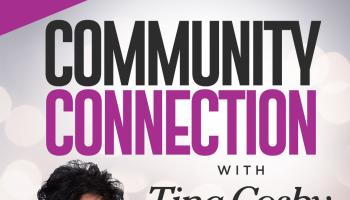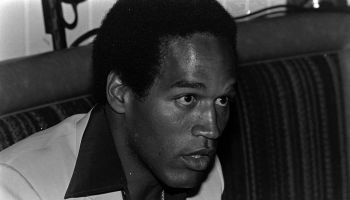According to the bellereport.com
Black Male Educators Sound Alarm Regarding
Lack of Diversity in P-12 Classrooms

Source: EyeOn / Getty
A diverse and inclusive education workforce can play a critical role in ensuring that students receive a robust, quality educational experience. While students of color comprise more than half of P-12 classroom populations in the United States, overcoming the shortage of educators of color has been a decades-long dilemma for U.S. schools.1
The shortage is especially alarming among Black male educators, who represent less than two percent of the total teaching population.2 The recruitment of these teachers continues to be a critical topic in educational reform, but studies on the factors contributing to the shortage remain scarce. As a result, there has been little improvement in attracting and retaining Black male educators.
To uncover factors affecting the shortage of Black male teachers, researchers from University of Phoenix (UOPX) Center for Workplace Diversity and Inclusion Research – in partnership with the National Network of State Teachers of the Year (NNSTOY) – examined the current status of Black male educators in our nation’s classrooms. This exploration highlighted insights of fellows of the 2018 cohort of NNSTOY Outstanding Black Male Educators. Their reflective quotes and personal narratives were published in a joint white paper, entitled, “Having Our Say: Examining Career Trajectories of Black Male Educators in P-12 Education.” Three areas of focus were spotlighted as potential solutions to the shortage: improved recruitment efforts, greater representation in teacher preparation programs and enriched experiences in school settings.
“With limited insight into the factors affecting Black male educators in P-12 education, the voices of the NNSTOY fellows served as the ‘coal miner’s canary’ – calling attention to the challenges experienced within the career trajectory of many Black male educators at every phase,” said Dr. Kimberly Underwood, University of Phoenix research chair and lead author of the paper. “While this paper will help identify potential solutions, we must continue to champion efforts to create sustainable actions to diversify the teaching profession and improve recruitment and retention efforts.”
Additional authors included University of Phoenix Center for Workplace Diversity and Inclusion Research fellows Dr. Donna Smith, Dr. Hilary Johnson-Lurtz, Dr. Joy Taylor and Dr. J. Medgar Roberts. Based on their experience as faculty members, educators and administrators, they provide a critical examination of the career trajectories of Black male educators as they enter into and advance within the P-12 school setting.
As highlighted in the paper, various studies suggest that the lack of Black male educators has negative implications for all students, both culturally and academically. In their absence, students lose access to valuable insights and perspectives that can dramatically decrease bias and prejudice. Additionally, direct results can be seen among the benefits to students of color, which include lower dropout rates, a more positive view of schooling, fewer disciplinary issues and better test scores.
While there are varying schools of thought surrounding how Black male educators specifically impact P-12 classrooms, one common thread remained consistent within the research and among all the narratives of NNSTOY fellows – representation is critical. The voices of these fellows serve as a resounding acknowledgment of the ubiquitous need to increase Black male educator representation to improve student learning.














